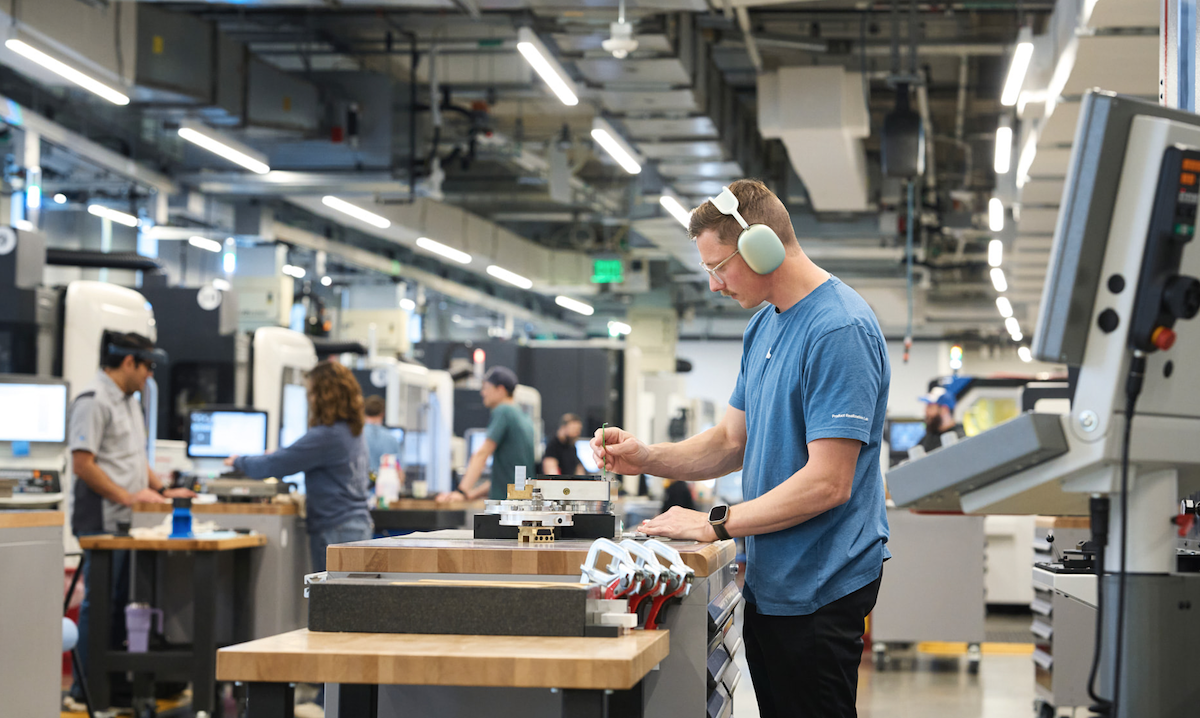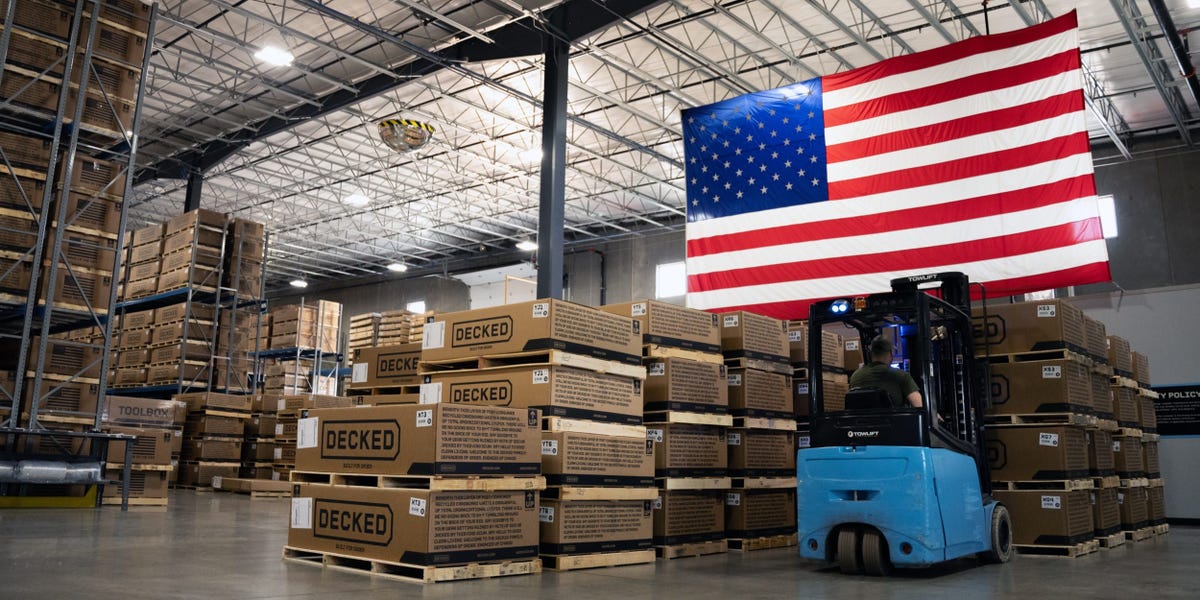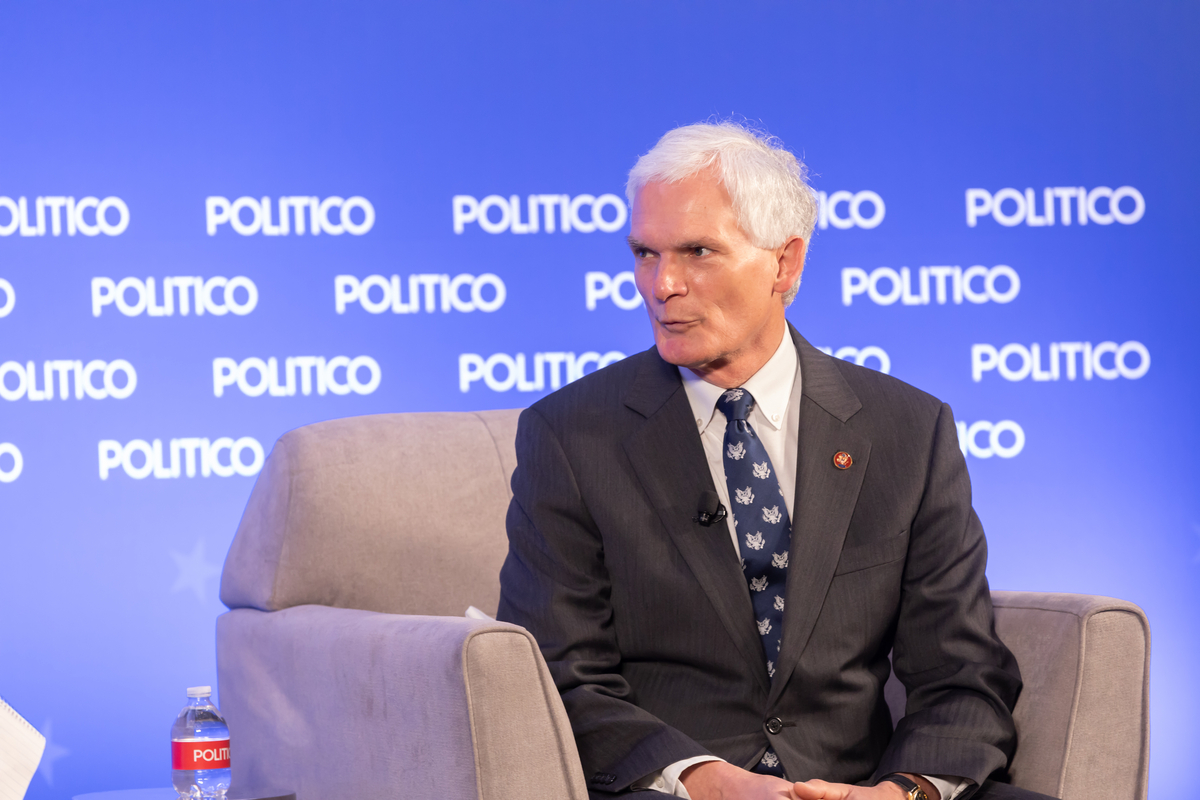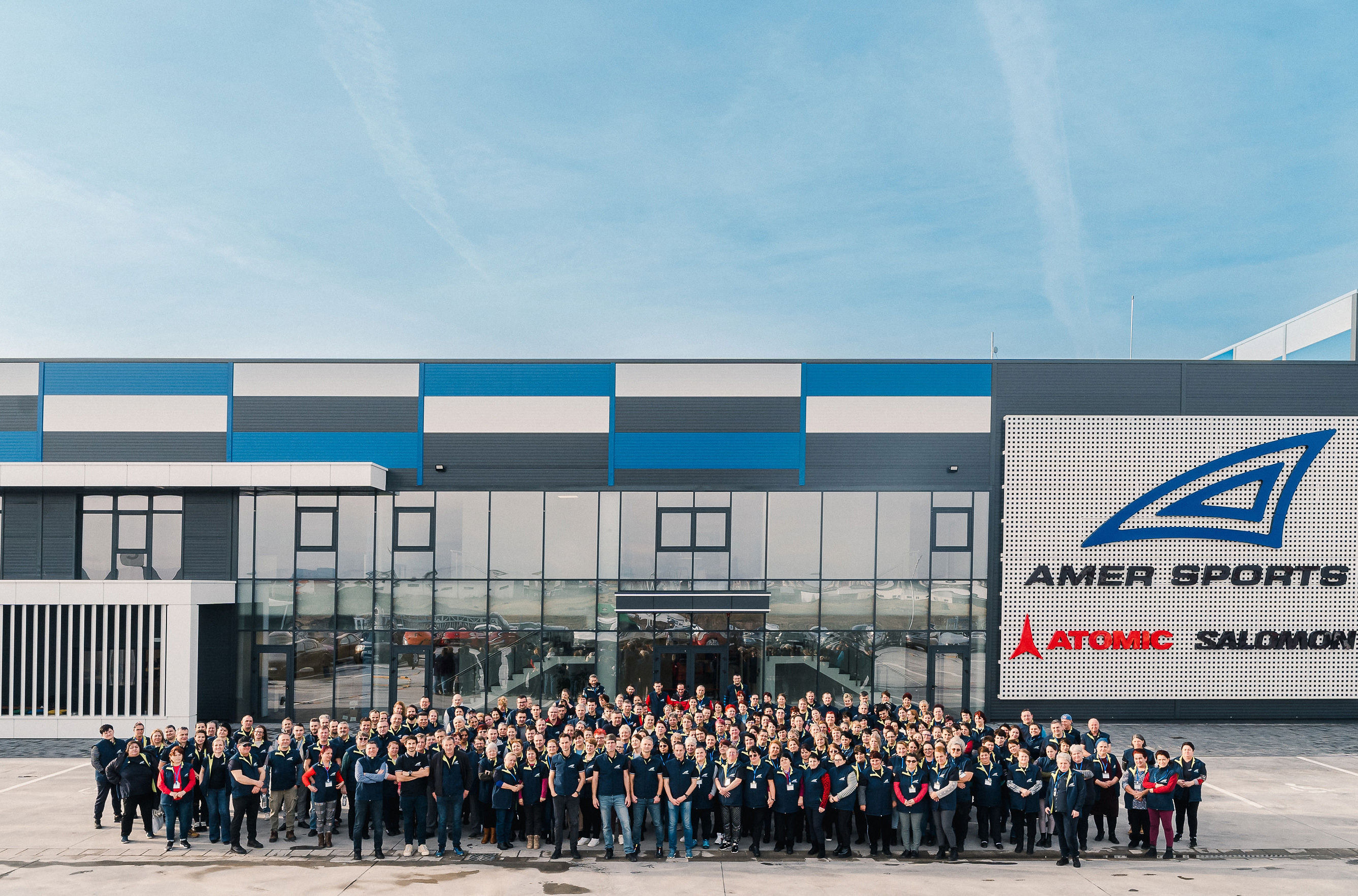Manufacturing Meltdown: Industry Trembles Ahead of Potential Trump Trade Tariffs
Manufacturing
2025-04-01 16:40:40Manufacturing Titans Brace for Trump's Tariff Bombshell American manufacturers are growing increasingly anxious as the White House prepares to unveil its latest trade strategy, with a critical tariff announcement looming on Wednesday. Industry leaders are on edge, anticipating potential economic ripple effects that could dramatically reshape the manufacturing landscape. The impending decision has sent tremors through corporate boardrooms across the nation, with executives closely monitoring every potential policy nuance. Manufacturers are particularly concerned about how new tariffs might impact their supply chains, production costs, and global competitiveness. While specific details remain shrouded in speculation, the business community is preparing for potential scenarios that could significantly alter international trade dynamics. The uncertainty has created a palpable tension among industrial leaders who are weighing the potential economic consequences of the administration's upcoming trade maneuver. As Wednesday approaches, manufacturers are strategizing, calculating potential impacts, and hoping for a balanced approach that protects domestic industries without triggering unintended economic disruptions. MORE...
Economic Alarm Bells: Job Market Tremors and Factory Slowdown Signal Potential Recession Ahead
Manufacturing
2025-04-01 16:07:10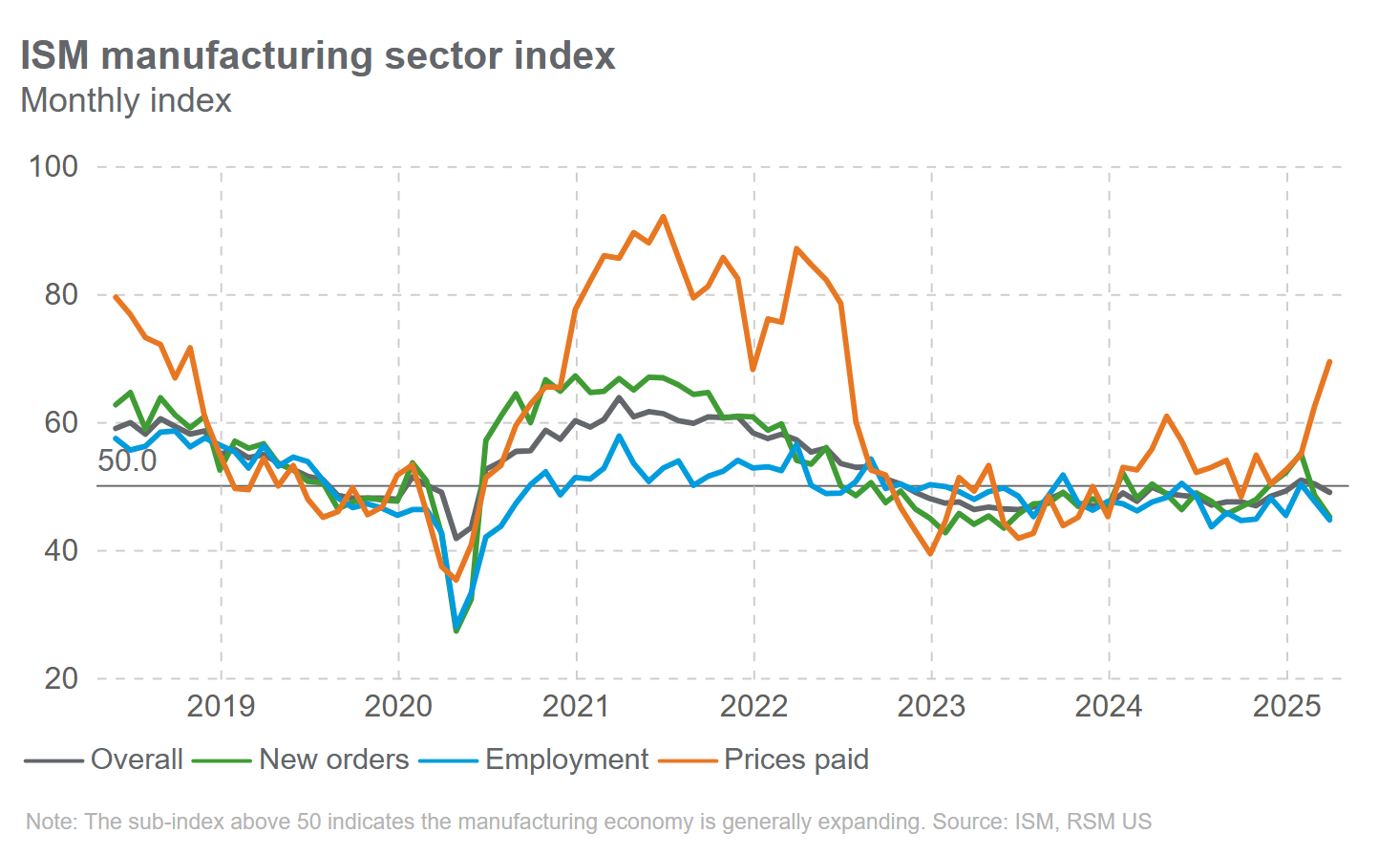
Manufacturing Sector Faces Renewed Challenges as Trade Tensions Weigh on Business Confidence The manufacturing landscape continues to navigate turbulent waters, with recent data revealing a contraction in activity and business sentiment. After two months of modest growth, the sector has once again encountered headwinds, primarily driven by the looming specter of potential tariffs that are casting a shadow over order volumes and pricing strategies. Businesses are increasingly cautious, with manufacturers closely monitoring the evolving trade environment and its potential impact on their operational strategies. The anticipated tariffs have prompted a pullback in new orders and created uncertainty that is rippling through supply chains and production planning. This latest downturn underscores the fragile nature of manufacturing recovery and highlights the ongoing challenges faced by industries navigating complex global economic conditions. Companies are being forced to adapt quickly, reassessing their market approaches and seeking innovative ways to mitigate the potential economic pressures. MORE...
Manufacturing Meltdown: Trump Tariffs Trigger Economic Tremors
Manufacturing
2025-04-01 14:44:36
The American manufacturing sector has unexpectedly slipped into economic contraction, marking a significant downturn in industrial activity for the first time in 2023. This challenging shift comes as businesses grapple with the ongoing ripple effects of trade tensions and tariff policies implemented during the previous administration. Manufacturers across the country are now carefully evaluating the broader economic implications, with supply chain disruptions and increased production costs weighing heavily on their strategic planning. The contraction signals potential challenges ahead, reflecting the delicate balance between international trade dynamics and domestic industrial performance. Economists and industry leaders are closely monitoring these developments, recognizing that the manufacturing sector's health is a critical indicator of overall economic momentum. The sudden shift underscores the complex interplay between government trade policies and industrial productivity, raising important questions about future economic resilience and growth strategies. MORE...
Factory Floors Go Quiet: American Manufacturing Hits Unexpected Slowdown
Manufacturing
2025-04-01 14:25:52
The American manufacturing sector continues to face challenging headwinds, with recent economic indicators signaling a contraction in industrial activity and a cooling job market. New data reveals a significant slowdown in manufacturing performance, highlighting the ongoing economic uncertainties. Recent reports from the Institute for Supply Management (ISM) show the manufacturing sector experiencing its seventh consecutive month of decline. The manufacturing Purchasing Managers' Index (PMI) has dropped below the critical 50-point threshold, indicating a shrinking industrial landscape. This persistent contraction suggests deeper structural challenges within the manufacturing industry. Simultaneously, job openings in the manufacturing sector have noticeably decreased, reflecting companies' cautious approach to hiring and potential economic uncertainties. Employers are becoming more conservative, with many choosing to reduce workforce expansion or implement strategic hiring freezes. Economists attribute these trends to multiple factors, including persistent inflation, higher interest rates, and global supply chain disruptions. The manufacturing downturn is not isolated but part of a broader economic recalibration affecting multiple industries. While the current situation presents challenges, some experts view this as a potential correction period that might lead to more sustainable economic growth. Businesses are adapting by focusing on efficiency, technological innovation, and strategic workforce management. As the manufacturing landscape continues to evolve, stakeholders remain watchful of upcoming economic indicators that might signal a potential turnaround or further economic adjustments. MORE...
Factory Floor Fears: Manufacturing Sector Shrinks as Trade Tensions Escalate
Manufacturing
2025-04-01 14:04:01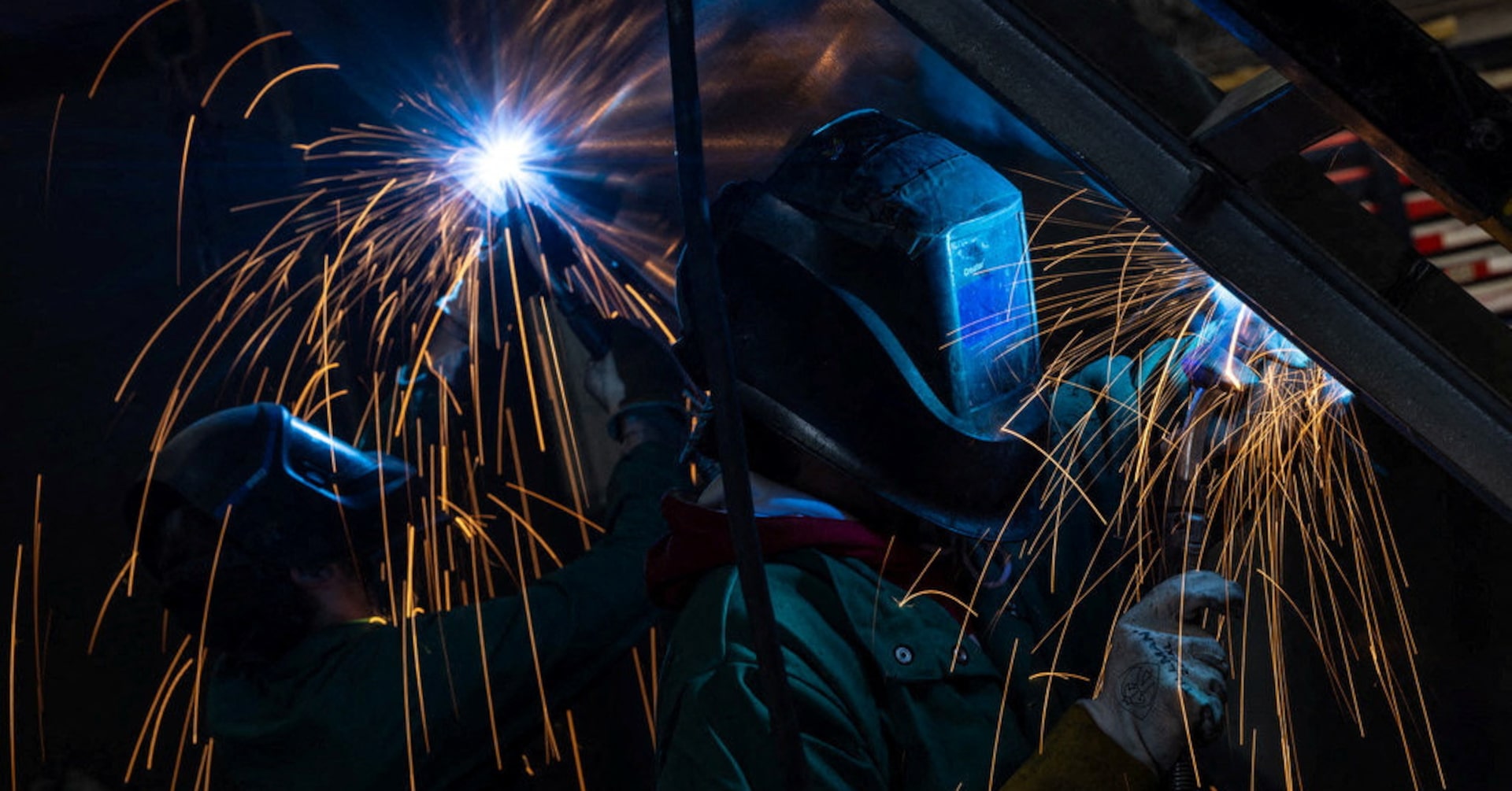
The U.S. manufacturing sector experienced a surprising downturn in March, breaking a two-month streak of growth. The unexpected contraction comes amid escalating tensions surrounding international trade and mounting concerns over potential tariffs on imported goods. Simultaneously, factory-gate inflation surged to its highest point in nearly three years, signaling potential challenges for manufacturers and economists alike. This spike in prices reflects the complex economic landscape businesses are navigating in an increasingly uncertain global market. The sudden shift in manufacturing performance highlights the delicate balance of economic factors influencing industrial production. Businesses are closely monitoring trade policies and market dynamics as they seek to maintain stability and competitiveness in a rapidly changing economic environment. Analysts suggest that the combination of rising inflation and manufacturing contraction could be a warning sign of broader economic pressures facing the United States. The intricate interplay between trade tensions, production costs, and market demand continues to create uncertainty for industry leaders and policymakers. MORE...
Factory Floor Alarm: U.S. Manufacturing Hits Unexpected Downturn in 2023
Manufacturing
2025-04-01 14:00:00
The U.S. manufacturing sector experienced a significant downturn in March, marking its first contraction of the year. The industry's challenges were further compounded by a sharp acceleration in prices, signaling the growing impact of escalating trade tensions and tariff pressures on the economic landscape. As manufacturers grapple with increasing costs and uncertain market conditions, the latest economic indicators paint a complex picture of industrial activity. The sudden slowdown suggests that the ongoing trade disputes are beginning to take a tangible toll on American factory output, raising concerns about the broader economic implications. Prices continued their upward trajectory for the second consecutive month, reflecting the mounting pressures from international trade conflicts and supply chain disruptions. This trend underscores the delicate balance manufacturers are trying to maintain in the face of mounting economic challenges. MORE...
Manufacturing Sector Hits Crossroads: ISM Report Reveals Subtle Economic Signals
Manufacturing
2025-04-01 14:00:00
Manufacturing Sector Faces Unexpected Contraction in March In a surprising economic turn, the manufacturing sector experienced a significant downturn in March, breaking a recent streak of modest growth. After enjoying two consecutive months of expansion, the industry has now witnessed a contraction that interrupts what had previously been an impressive 26-month period of sustained economic activity. The sudden shift highlights the volatile nature of the manufacturing landscape and raises questions about underlying economic challenges. Analysts are closely examining the factors contributing to this unexpected decline, including potential supply chain disruptions, changing market demands, and broader economic pressures. This development serves as a critical indicator of economic health, potentially signaling broader trends in industrial production and economic performance. Investors, policymakers, and industry leaders will be watching closely to understand the implications of this month's manufacturing sector performance and its potential long-term impact. While the contraction may be concerning, it also presents an opportunity for strategic reassessment and potential innovation within the manufacturing industry. MORE...
Manufacturing Momentum: U.S. Factory Activity Breaks Stagnation with Surprise Uptick
Manufacturing
2025-04-01 13:45:06
Manufacturing Sector Shows Signs of Resilience in March, S&P Global Survey Reveals The latest S&P Global manufacturing survey for March paints a nuanced picture of the United States industrial landscape, offering insights into the sector's current performance and future outlook. Despite ongoing economic challenges, manufacturers are displaying remarkable adaptability and cautious optimism. Key findings from the survey highlight a modest improvement in manufacturing conditions. The headline manufacturing Purchasing Managers' Index (PMI) demonstrated a slight uptick, signaling potential stabilization in the industrial sector. This incremental growth suggests that businesses are navigating economic uncertainties with strategic planning and measured investments. Notably, the survey revealed interesting trends in production levels, new orders, and employment within the manufacturing realm. While some segments continue to face headwinds, others are showing promising signs of recovery and expansion. The data indicates that companies are becoming increasingly adept at managing supply chain complexities and adapting to changing market dynamics. Economists and industry analysts are closely examining these survey results, viewing them as a critical barometer of economic health. The March findings provide valuable insights into the manufacturing sector's resilience and its potential role in broader economic recovery efforts. As businesses continue to adjust to post-pandemic economic conditions, this S&P Global survey offers a comprehensive snapshot of the current manufacturing landscape, highlighting both challenges and opportunities that lie ahead. MORE...
Solar Showdown: Texas Doubles Down on Manufacturing Despite Setbacks
Manufacturing
2025-04-01 13:02:58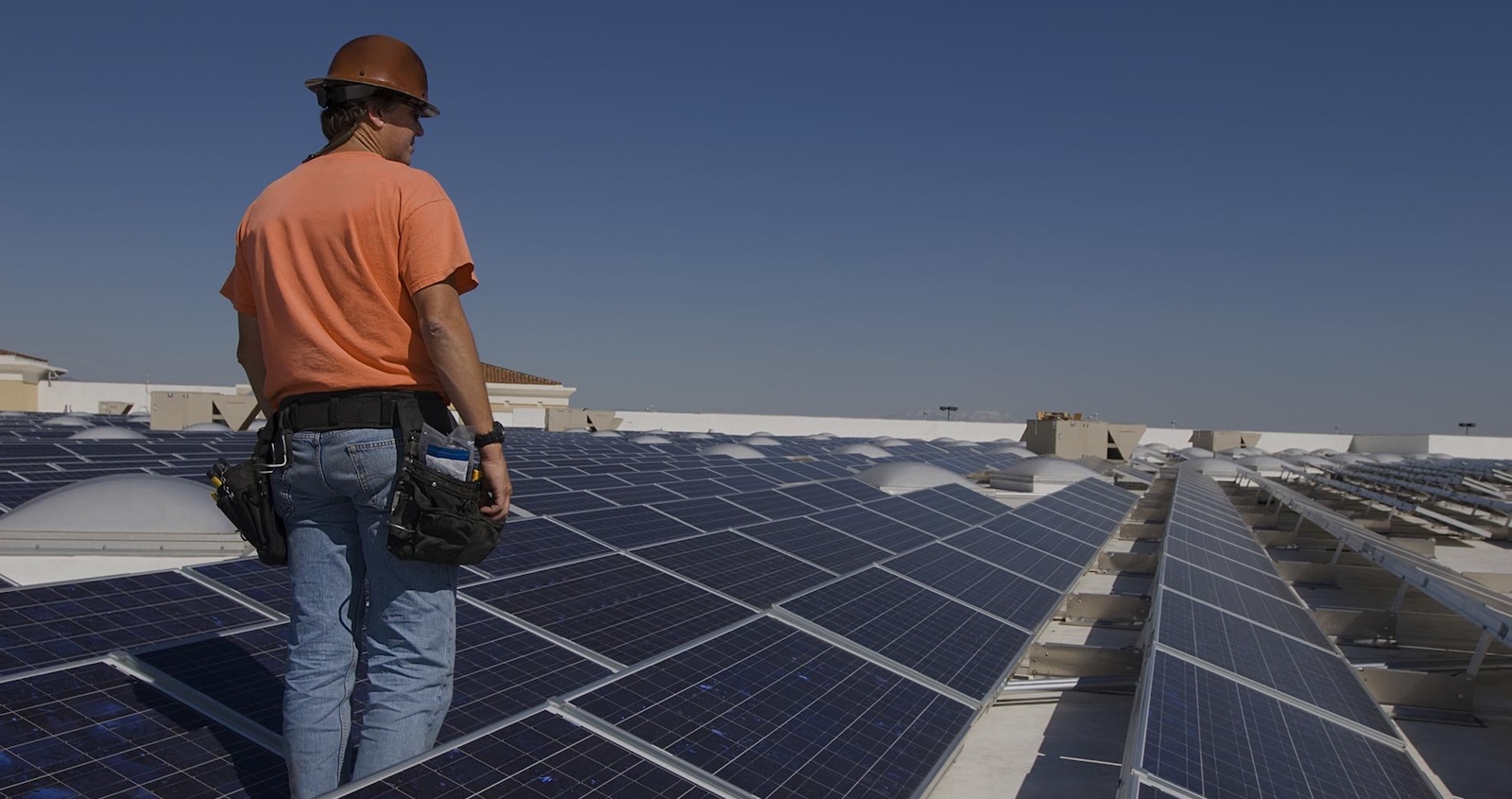
Texas is emerging as a powerhouse in domestic solar manufacturing, transforming the renewable energy landscape with a unique blend of local innovation and international investment. Despite ongoing debates about tariffs, the Lone Star State is quickly becoming the go-to destination for solar panel production in the United States. Foreign investors are playing a crucial role in this solar renaissance, bringing capital, expertise, and a strategic vision to Texas's burgeoning solar manufacturing sector. The state's business-friendly environment, abundant land, and robust infrastructure have created an irresistible ecosystem for solar companies looking to establish or expand their manufacturing footprint. What sets Texas apart is its ability to attract both domestic and international solar manufacturers, who see the state as a prime location for scaling up production. From sprawling manufacturing facilities to cutting-edge research centers, Texas is positioning itself as a critical hub in the clean energy supply chain. As the solar industry continues to grow and evolve, Texas stands at the forefront, demonstrating that innovation knows no borders and that strategic investments can rapidly transform an entire industrial sector. MORE...
Robots, Redesign, Revolution: How Smart Assembly is Transforming Manufacturing
Manufacturing
2025-04-01 13:00:00
Bridging the Gap: How Simulated Designs Revolutionize Product Development In the dynamic world of product design and engineering, simulated designs are transforming the way companies innovate and refine their products. By creating highly accurate digital prototypes, engineers can now test and validate concepts with unprecedented precision, dramatically reducing the time and cost associated with traditional physical prototyping. These advanced simulations go beyond mere visual representations. They provide deep insights into product performance, stress tolerances, and potential failure points, allowing designers to make data-driven improvements before a single physical prototype is manufactured. This approach creates a powerful feedback loop of continuous improvement, where each simulation iteration brings the design closer to optimal performance. The result is a more efficient, cost-effective, and innovative product development process. Companies can now explore complex design variations, predict real-world behaviors, and make strategic refinements—all within a virtual environment that mimics real-world conditions with remarkable accuracy. By embracing simulation technologies, organizations are not just designing products; they're engineering excellence from the ground up. MORE...
- 1
- 2
- 3
- 4
- 5
- 6
- 7
- 8
- 9
- 10
- 11
- 12
- 13
- 14
- 15
- 16
- 17
- 18
- 19
- 20
- 21
- 22
- 23
- 24
- 25
- 26
- 27
- 28
- 29
- 30
- 31
- 32
- 33
- 34
- 35
- 36
- 37
- 38
- 39
- 40
- 41
- 42
- 43
- 44
- 45
- 46
- 47
- 48
- 49
- 50
- 51
- 52
- 53
- 54
- 55
- 56
- 57
- 58
- 59
- 60
- 61
- 62
- 63
- 64
- 65
- 66
- 67
- 68
- 69
- 70
- 71
- 72
- 73
- 74
- 75
- 76
- 77
- 78
- 79
- 80
- 81
- 82
- 83
- 84
- 85
- 86
- 87
- 88
- 89
- 90
- 91
- 92
- 93
- 94
- 95
- 96
- 97
- 98
- 99
- 100
- 101
- 102
- 103
- 104
- 105
- 106
- 107
- 108
- 109
- 110
- 111
- 112
- 113
- 114
- 115
- 116
- 117
- 118
- 119
- 120
- 121
- 122
- 123
- 124
- 125
- 126
- 127
- 128
- 129
- 130
- 131
- 132
- 133
- 134
- 135
- 136
- 137
- 138
- 139
- 140
- 141
- 142
- 143
- 144
- 145
- 146
- 147
- 148
- 149
- 150
- 151
- 152
- 153
- 154
- 155
- 156
- 157
- 158
- 159
- 160
- 161
- 162
- 163
- 164
- 165
- 166
- 167
- 168
- 169
- 170
- 171
- 172
- 173
- 174
- 175
- 176
- 177
- 178
- 179
- 180
- 181
- 182
- 183
- 184
- 185
- 186
- 187
- 188
- 189
- 190
- 191
- 192
- 193
- 194
- 195
- 196
- 197
- 198
- 199
- 200
- 201
- 202
- 203
- 204
- 205
- 206
- 207
- 208
- 209
- 210
- 211
- 212
- 213
- 214
- 215
- 216
- 217
- 218
- 219
- 220
- 221
- 222
- 223
- 224
- 225
- 226
- 227
- 228
- 229
- 230
- 231
- 232
- 233
- 234
- 235
- 236
- 237
- 238




